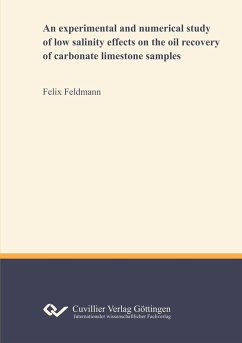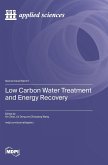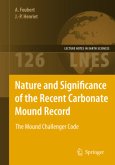Low-salinity waterflooding is a relatively simple and cheap Enhanced oil recovery technique in which the salinity of the injected water is optimized (by desalination and/or modification) to improve oil recovery over conventional waterflooding. The presented study combines spontaneous imbibition, centrifuge method, unsteady state coreflooding and zeta potential experiments to investigate low-salinity effects in carbonate limestones samples. Compared to Formation-water and Sea-water, Diluted-sea-water caused the significantly highest spontaneous oil recovery. Moreover, the imbibition capillary pressure curves are characterized by an increasing water-wetting tendency and a residual oil saturation reduction, as the salinity of the imbibing brines decreases in comparison to Formation-water. The unsteady state corefloodings resulted in the highest secondary oil recovery when Diluted-sea-water was used as injection water. Based on the open-source C++ simulator Dumux, the study developed a numerical centrifuge and coreflooding model to history match the experimental data. The numerically derived capillary pressure and relative permeability data confirm a correlation between the system¿s salinity, wettability, oil recovery and residual oil saturation.








